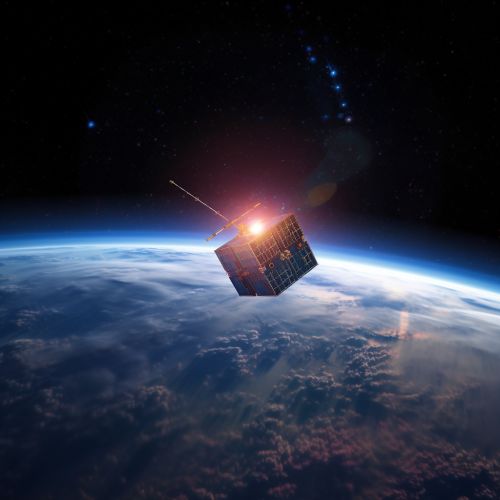The Physics of Quantum Mechanics in Telecommunication
Introduction
Quantum mechanics, the branch of physics that deals with phenomena on a very small scale, such as molecules, atoms, and subatomic particles, has a profound impact on the field of telecommunication. This article delves into the intricate relationship between quantum mechanics and telecommunication, exploring how quantum principles are leveraged to enhance communication technologies.


Quantum Mechanics: A Brief Overview
Quantum mechanics is a fundamental theory in physics that provides a description of the physical properties of nature at the scale of atoms and subatomic particles. It departs from classical mechanics primarily at the quantum realm of atomic and subatomic length scales. Quantum mechanics provides a mathematical description of much of the dual particle-like and wave-like behavior and interactions of energy and matter.
Quantum Mechanics in Telecommunication
The principles of quantum mechanics have been increasingly applied in telecommunication to enhance the security, speed, and capacity of data transmission. The most notable application is in the field of quantum computing and quantum cryptography.


Quantum Computing
Quantum computing utilizes the principles of quantum mechanics to process information. A quantum computer employs quantum bits, or 'qubits', which can exist in multiple states at once, thanks to a property known as superposition. This allows quantum computers to process a vast number of possibilities simultaneously, significantly enhancing computational speed and capacity.
Quantum Cryptography
Quantum cryptography, particularly quantum key distribution (QKD), uses quantum mechanics to ensure secure communication. It enables two parties to produce a shared random secret key known only to them, which can be used to encrypt and decrypt messages. The security of QKD lies in the fundamental principle of quantum mechanics - the uncertainty principle, which ensures that any attempt to intercept the communication would be detected.


Quantum Telecommunication Technologies
Several technologies have emerged from the application of quantum mechanics in telecommunication. These include quantum internet, quantum satellites, and quantum teleportation.
Quantum Internet
The quantum internet is a theoretical system of interconnected quantum computers that uses quantum signals to send information. Unlike the traditional internet, the quantum internet would be inherently secure, as any attempt to measure a quantum system disturbs the system.
Quantum Satellites
Quantum satellites enable the transmission of quantum keys between ground stations. These satellites can distribute keys between any two points on the globe, enabling secure global communication.


Quantum Teleportation
Quantum teleportation is a process by which quantum information can be transmitted from one location to another, with the help of classical communication and previously shared quantum entanglement between the sending and receiving location.
Conclusion
Quantum mechanics has revolutionized the field of telecommunication, bringing about advancements that were previously thought impossible. As we continue to explore the quantum world, we can expect to see further enhancements in telecommunication technologies.
